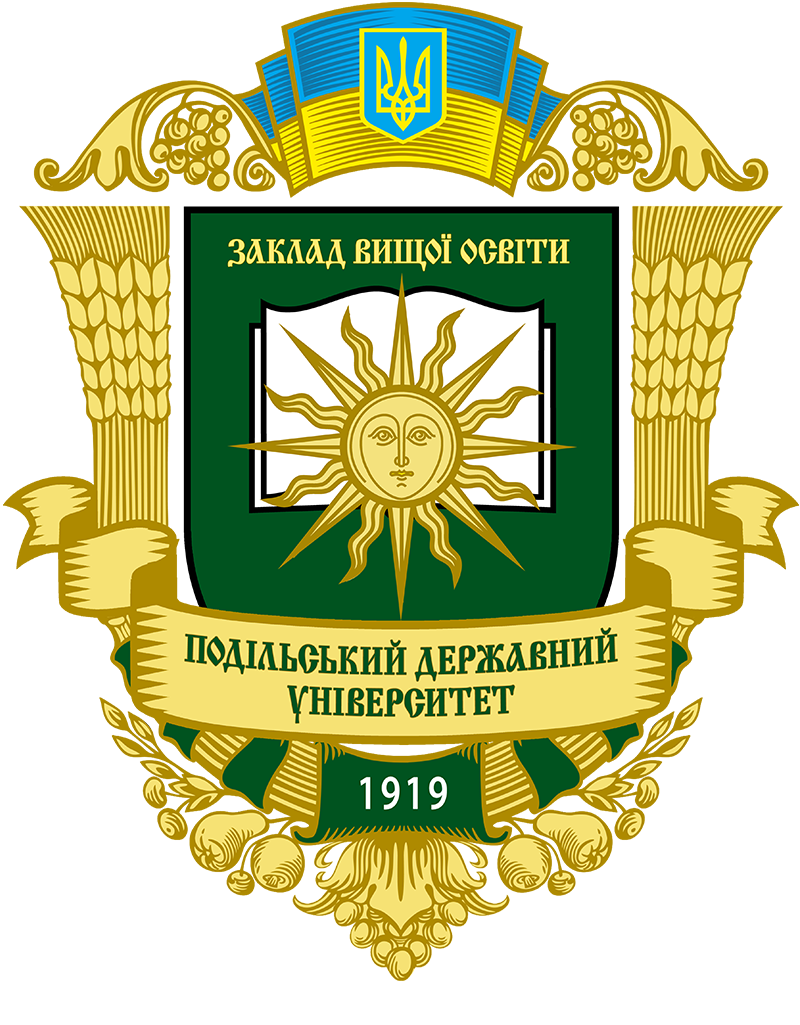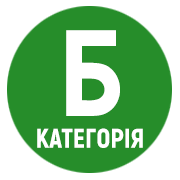ASSESSMENT OF THE ADAPTATIVE ABILITY OF WINTER TRITICALE VARIETIES IN THE CONDITIONS OF THE FOREST-STEP AND FORESTS OF UKRAINE
DOI:
https://doi.org/10.37406/2706-9052-2024-2.7Keywords:
adaptability, homeostatic, breeding value, productivity, qualityAbstract
A number of positive competitive advantages of the unique, relatively new triticale culture determines the interest of producers in its cultivation. The purpose of the research was to evaluate the adaptive properties of new zoned varieties of winter triticale, in the conditions of the Forest Steppe and Forested of Ukraine, and to help producers in the changing conditions of global warming to decide on the choice of seed material. The research revealed that 2020–2022 were generally characterized as sufficiently and excessively wet for the Forest Steppe zone (HTC = 1.0–1.9) and Forested (HTC = 1.2–2.1). Despite the significant variability of weather conditions, their deviation from the average long-term values in certain periods of growth and development, the weather and climate conditions of 2020–2022 in the Forest-Steppe and Forested zones of Ukraine were favorable for culture. The yield of new winter triticale varieties ranged from 3.0 t/ha in the ‘Bozhych’ variety to 9.6 t/ha in the ‘Tribonus’ variety. On average, over three years, the yield of varieties on experimental fields was found to be 5.8–6.7 t/ha. According to the research results, it was established that all varieties are adapted to the conditions of the Forest Steppe and Forested. High homeostaticity (Hom = 0.9–0.8), breeding value (Sc = 2.6–2.9) and average level of variation (V = 23.4–23.7%) were found in varieties ‘Ilona’ and ‘Tribonus’. In addition, the variety ‘Tribonus’ produced a consistently high yield, which averaged 6.7 t/ha over three years. The protein content in winter triticale grain ranged from 7.5% in the ‘Rivolt’ variety to 16.9% in the ‘Ilona’ variety. According to the results of the calculation, it was established that homeostaticity varied from 1.1 in the variety ‘Tribonus’ to 0.7 – ‘Bozhych’ and ‘Ilona’. High homeostaticity (Hom = 1.1), breeding value (Sc = 6.9) and low level of variation (V = 15.5%) were found in the variety ‘Tribonus’. Determining the homeostaticity and selection value of varieties, it is possible to evaluate the productivity and quality of the genotype with the norm of their response to limiting environmental factors.
References
Бурденюк-Тарасевич Л.А. Оцінка адаптивної здатності сортів пшениці м’якої озимої в умовах Лісостепу України. Селекція і насінництво. 2012. № 101. С. 3–12. 59677. DOI: 10.30835/2413-7510.2012.59677.
Гірко В.С. Селекція тритикале. Спеціальна селекція польових культур / за ред. М.Я. Молоцького. Біла Церква : Білоцерківський національний аграрний університет. 2010. С. 59–85.
Інформаційний портал погоди. Український гідрометеорологічний центр. URL: https://www.meteo.gov.ua/.
Пластичність нових сортів пшениці м’якої озимої (Triticum aestivum L.) за врожайністю в різних ґрунтово-кліматичних умовах України / А. Кирильчук, Г. Дутова, С. Гринів, О. Орленко, І. Безпрозвана, Т. Кулик, Б. Макарчук. Plant Varieties Studying and Protection. 2024. Т. 20. № 1. С. 44–54. DOI: 10.21498/2518-1017.20.1.2024.297224.
Манько Ю.П. Аналіз методичного ресурсу для статистичної експертизи результатів багаторічних досліджень з агрономії. Науковий вісник Національного університету біоресурсів і природокористування України. Серія «Агрономія». 2013. Вип. 183, ч. 2. С. 128–135. URL: http://nbuv.gov.ua/UJRN/nvnau_agr_2013_183%282%29__25.
Методика проведення експертизи сортів рослин групи зернових, круп’яних та зернобобових на придатність до поширення в Україні / за ред. С.О. Ткачик. Вінниця : ФОП «Корзун Д.Ю.», 2016. 82 с. URL: https://sops.gov.ua/uploads/page/5a5f4147d3595.pdf.
Методика проведення кваліфікаційної експертизи сортів рослин на придатність до поширення в Україні. Загальна частина / за ред. С.О. Ткачик. Вінниця : ФОП «Корзун Д.Ю.», 2016. 120 с.
Методики проведення кваліфікаційної експертизи сортів рослин на придатність до поширення. Методи визначення показників якості продукції рослинництва / за ред. С.О. Ткачик. 3 вид. пер. і доп. Вінниця : ФОП «Корзун Д.Ю.», 2017. 159 с.
Triticale in Italy / N. Faccini, C. Morcia, V. Terzi, F. Rizza, F.-W. Badeck. Biology. 2023. № 12 (10). https://doi.org/10.3390/biology12101308.
Bishnoi U.R., Hughes J.L. Agronomic Performance and Protein Content of Fall-planted Triticale, Wheat, and Rye / U.R. Agronomy Journal. 1979. Vol. 71, Iss. 2. P. 359–360. doi: 10.2134/agronj1979.00021962007100020032x.
Myronosets – a New Productive and High-protein Winter Triticale Cultivar, Adapted to the Woodlands/Forest-Steppe and Forest-Steppe of Ukraine / V.V. Moskalets, V.I. Moskalets, T.Z. Moskalets, I.V. Grynyk, A.A. Demidov, S.I. Voloshchuk, S.O. Khomenko. Seed Industry and Seed Studying. 2021. № 119. P. 191–209. doi: 10.30835/2413-7510.2021.237168.
Różewicz M. Yield, grain quality and potential use of triticale in Poland. Polish Journal of Agronomy. 2022. Vol. 49. P. 9–19. doi: 10.26114/pja.iung.487.2022.49.02.
Stoyanov H., Doneva S. Analysis on some qualitative traits of Bulgarian triticale cultivars. Bulgarian Journal of Crop Science. 2022. Vol. 59, Iss. 4. P. 13–27. URL: https://www.researchgate.net/publication/346960980.










